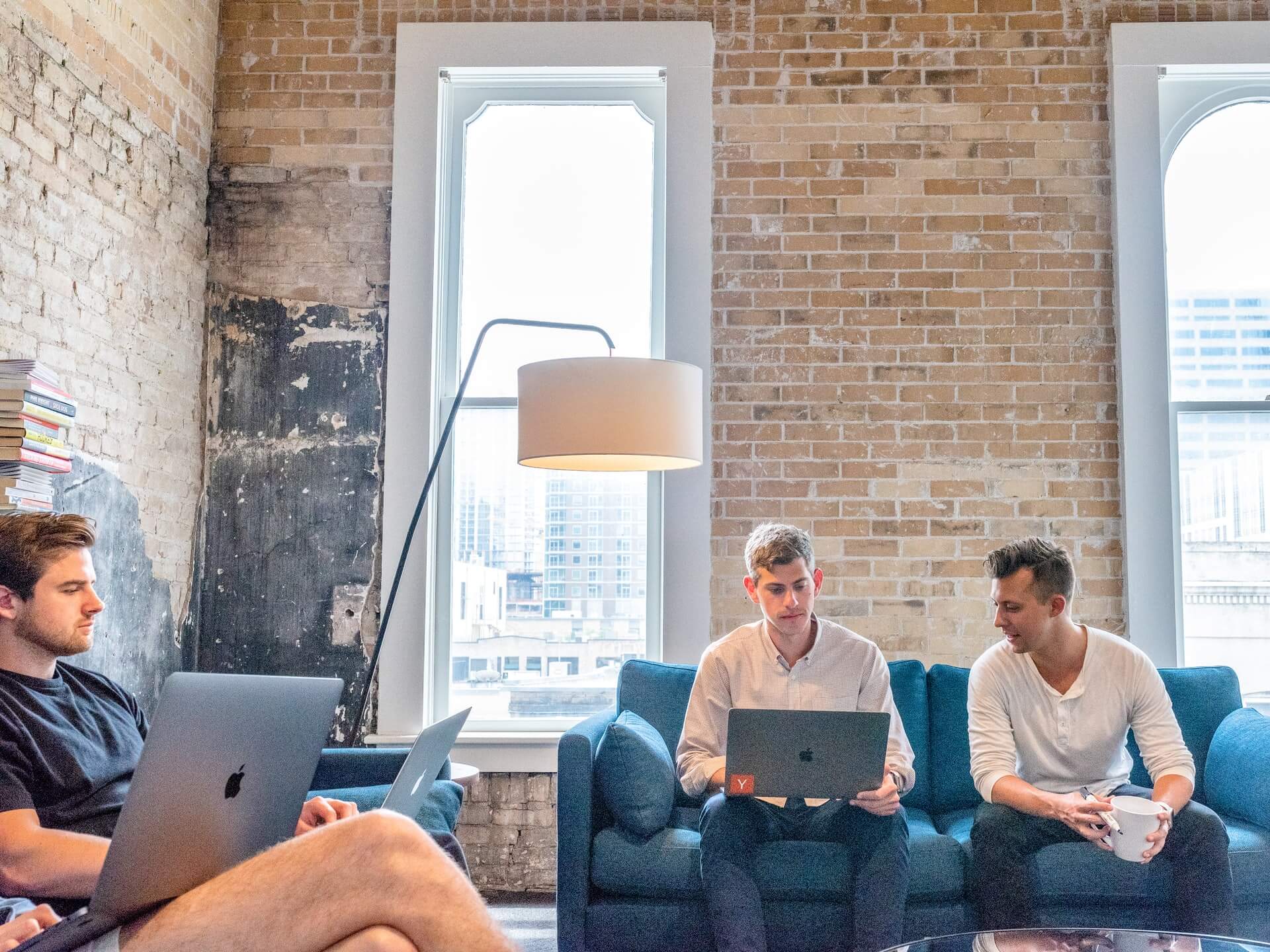COVID changed the nature of work. We’ve replaced the status quo 9-5 with flexible schedules, the daily commute with remote working, and assigned seating with hoteling and hot-desking.
Some people have begun to wonder if the office is even relevant.
But while remote working is a viable full-time option for some, having an office to come to remains an important option for many employees.
Far from facing extinction, corporate real estate is in the midst of an evolution. Dynamic workplaces have become a natural answer to employees’ desire for flexibility and choice.
What is a dynamic workplace?
A dynamic workplace is adaptable, with the ability to reconfigure itself to the moment’s needs. These workplaces are fully equipped to enhance the employee experience, regardless of whether someone wants to work alone or collaboratively. A typical dynamic workplace has reconfigurable furniture, like walls and desks.
Twilio has begun to incorporate a dynamic design into its portfolio to cater to an evolving demand from employees. Twilio’s workplace team is converting up to 30% of previously desk-occupied square footage into hackable spaces.
“We’re calling them dynamic spaces where furniture is reconfigurable,” says Devorah Rosner, Senior Manager of Global Workplace Operations at Twilio, “It’s no longer one-size-fits-all. It allows more variety to meet people where they are, to work how they work.”
Dynamic workplaces give the power to employees to choose their work environment. And choice remains one of the essential parts of delivering an incredible employee experience.
“We’re going to give our people more room, within four walls, and more choice,” says Peter Van Emburgh, Global Head of Real Estate at CBRE, talking about the fate of real estate post-pandemic. “And we’ll be doubling down on healthy buildings, outdoor spaces, technology, and overall experience.”
How dynamic workplaces improve employee experiences
Your team is made up of individuals. It’s critical that you design a workspace that honors this type of individualism. While much of the talk about RTO has been about collaborative spaces, not everyone comes to the office to commingle.
Some employees struggle to focus while at home for many reasons. They come to the office for heads-down work.
“A lot of people talk about the office being just for collaboration and socialization, and I think that’s missing a big part of the picture if you inadvertently assume home is best for focus.” – Sameer Pangrekar, Director of Global Workplace Strategy, Design, and Construction at Twitter
Does your current work environment afford them this option?
Creating a dynamic workplace makes it easier (and scalable) to democratize the workplace experience for everyone. Five reasons why include:
Flexibility
Office work isn’t always done best in the same way. Some days a desk is required. On other days a space big enough to gather and brainstorm. And there will always be times quiet and solitude are a necessity.
Creating a space that fully supports everyone, regardless of location, task, or mood makes the flexibility your workers need an easy reality.
Productivity
Autonomy naturally leads to greater productivity. When you give employees power over their environment, they’ll become more productive.
Safety
We’re more aware than ever before of how the environment impacts health and wellbeing. Now consider the occupancy levels of your individual spaces (like meeting rooms and neighborhoods) pre-COVID.
Would that experience sit well with employees today?
A dynamic working environment with open-plan offices ensures everyone has the space to breathe easily.
Better workplace relationships
A dynamic office can enhance the communication and exchange of knowledge between team members. People are no longer tied to a desk, having conversations with the same people daily.
Serendipitous encounters, the smooth flow of ideas, and the unexpected collision of different departments build better workplace relationships. A dynamic workforce naturally lends itself to random and often fruitful collisions.
Increased employee retention
A dynamic working environment and all the perks that come with improving your employee experience and employee engagement lead to increased employee retention. When workers are happier, they not only work harder, they’re far more likely to stay in their jobs or remain with the company as they develop their careers.
Dynamic work is helping Okta create more sustainable spaces. See how.
Reimagining the traditional workspace
Embracing the possibilities of remote and hybrid work, opening up the plan of your offices, and emphasizing the need for different spaces that cater to different needs and ways of working create a dynamic working environment and positive company culture your employees can thrive in.
The dynamic workplace also serves as an effective testing ground for design choices. By measuring how your people interact with your existing office layout, you can identify how and where employees prefer to work while in the office.
Do they collaborate in numbers? Do they prefer to work alone? Knowing this can help you make confident decisions that impact your entire real estate portfolio.
Creating a dynamic workplace is a step toward redefining the workplace and becoming a forward-thinking, competitive company in the future.
“If we redefine the workplace to how we work, not where we work,” says Nathan Manuel, Workplace Experience at PagerDuty, “then we really provide ourselves an opportunity to think creatively and intelligently about ways to engage employees and change the employee experience.”
By the way, you can hear more from Nathan Manuel here.
